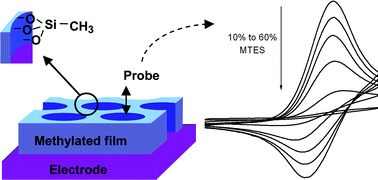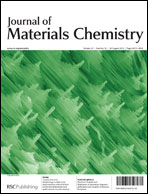Electrogeneration of highly methylated mesoporous silica thin films with vertically-aligned mesochannels and electrochemical monitoring of mass transport issues
Abstract
In this work, we describe a versatile approach to generate highly methylated mesoporous


 Please wait while we load your content...
Please wait while we load your content...